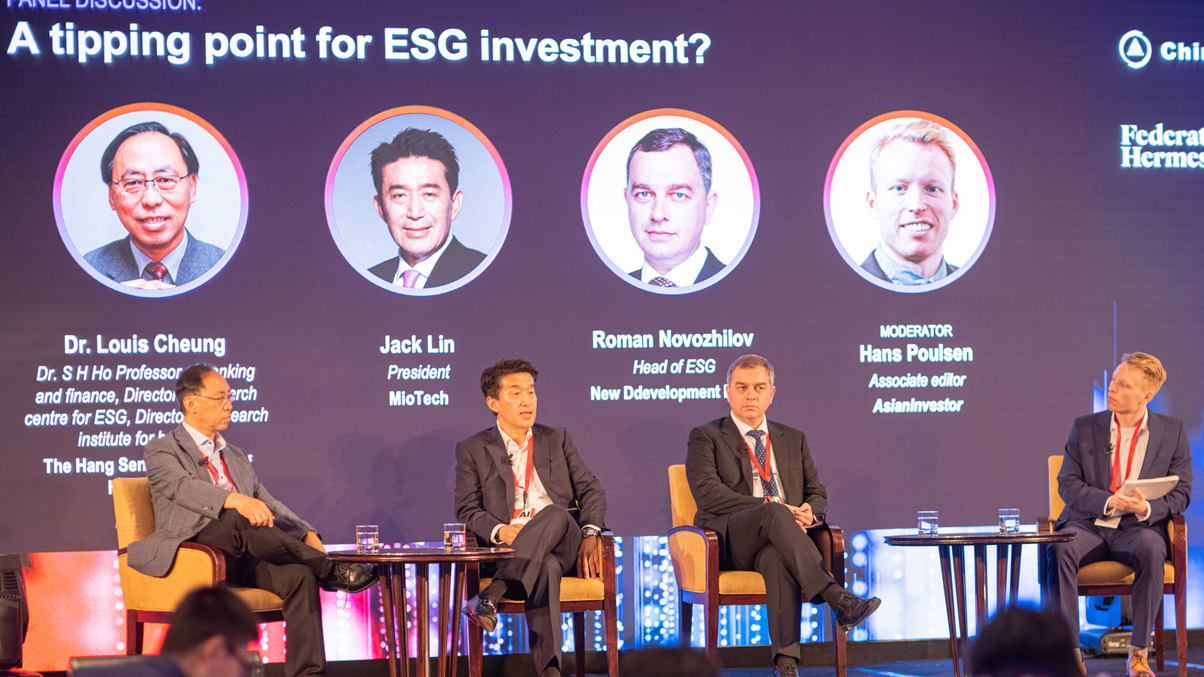Nippon Life sees urgency in fixing ESG data gaps
Incomprehensive data is a major challenge for investors when it comes to integrating and measuring ESG, but improvements are already happening, delegates heard at AsianInvestor’s Asia Investment Summit in Hong Kong.

Asset owners need to receive better and more comprehensive data on environmental, social and governance (ESG) factors to improve monitoring of investment outcomes, according to Takeshi Kimura, special advisor to the board at Nippon Life Insurance, who spoke to delegates at AsianInvestor’s Asia Investment Summit in Hong Kong on May 18.
Sign in to read on!
Registered users get 2 free articles in 30 days.
Subscribers have full unlimited access to AsianInvestor
Not signed up? New users get 2 free articles per month, plus a 7-day unlimited free trial.
¬ Haymarket Media Limited. All rights reserved.


